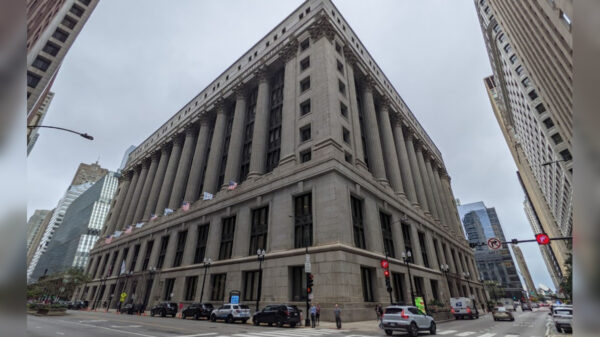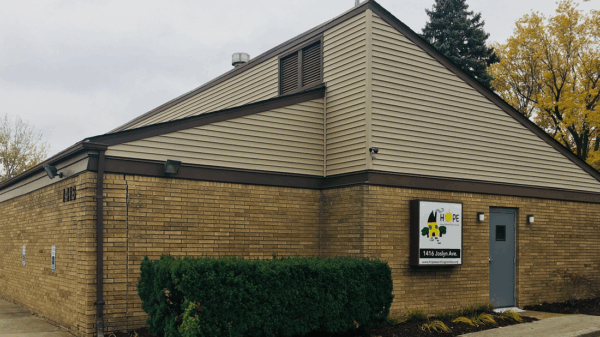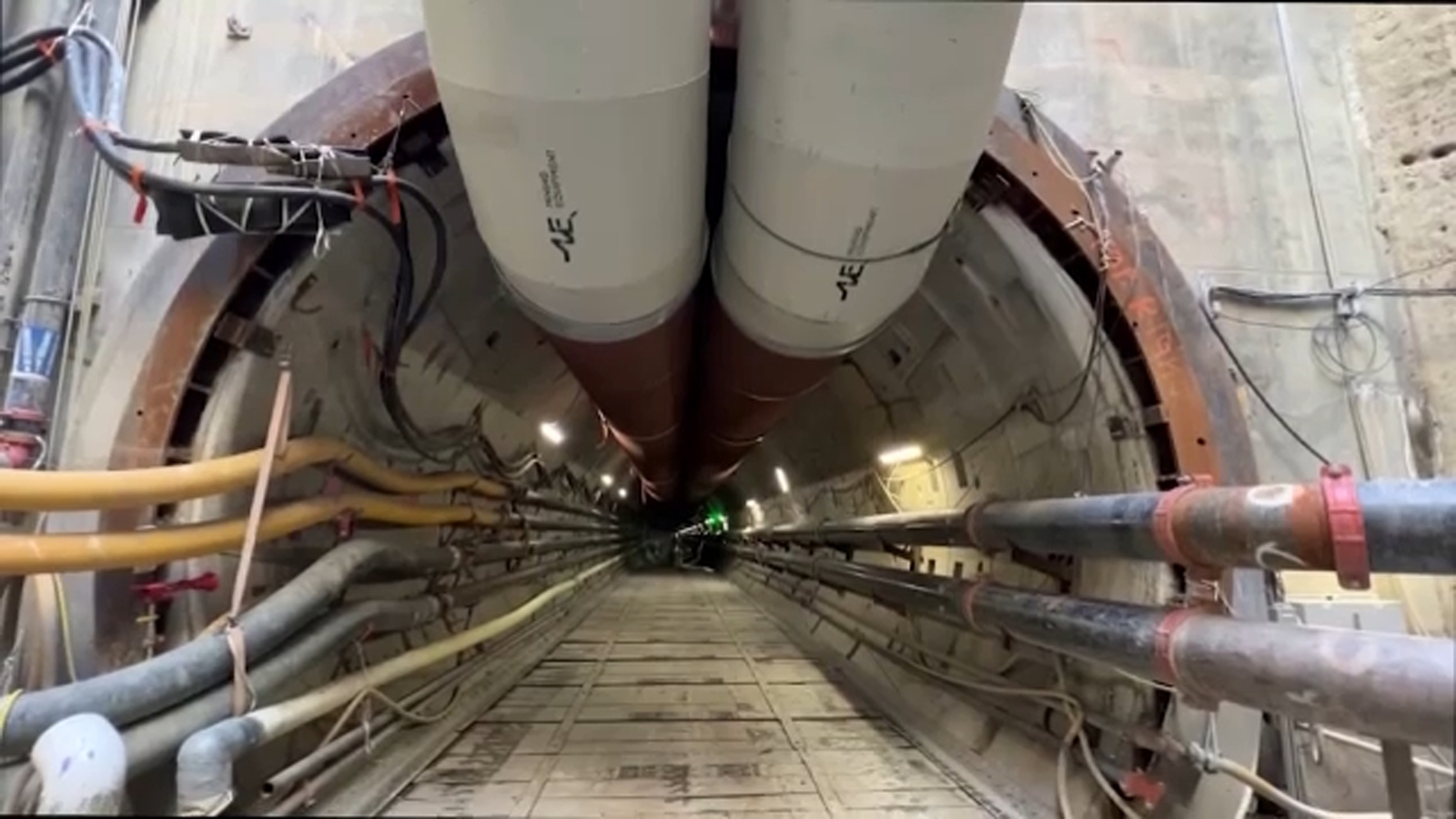A significant incident occurred on Wednesday night when a tunnel collapse at the L.A. County Sanitation District’s Clearwater Project endangered the lives of 31 workers underground in Wilmington. The incident highlights the challenges and risks associated with a massive infrastructure project that aims to improve wastewater management in the region.
The Clearwater Project, which has been underway since 2019, involves a tunnel that stretches for seven miles and runs approximately 400 feet below the surface. Despite the project’s estimated cost of $700 million, it had largely gone unnoticed by the public for over a decade, according to local officials. Many residents in the surrounding Harbor Area communities were unaware of the tunnel’s construction beneath their feet.
Janice Hahn, a member of the L.A. County Board of Supervisors, expressed her concern, stating, “Most people in the Harbor Area communities didn’t even realize that this tunnel was being bored beneath them.” She assured that an investigation would be launched to determine the cause of the collapse and to implement measures to prevent similar incidents in the future.
Planning for the Clearwater Project commenced nearly 20 years ago, with a focus on improving wastewater infrastructure. Michael Chee, Public Information Officer for the Sanitation District, noted that the county had conducted extensive public outreach, including numerous sessions and groundbreaking ceremonies, to keep the community informed.
As of now, six miles of the tunnel have been completed, with an impressive diameter of 18 feet. Once operational, the tunnel will transport treated wastewater from the Wilmington facility to a new outlet facility at Royal Palms Beach, where the water will be released into the ocean.
The collapse occurred approximately one mile from where the workers were operating. Tim McOsker, a member of the Los Angeles City Council whose district includes the tunnel’s entrance, stated that the workers were in a boring vehicle at mile six when the failure happened at mile five. Fortunately, all workers managed to escape unharmed, despite having to navigate over 15 feet of debris before being hoisted to safety by a crane.
Currently, the region relies on two older tunnels for wastewater management, one built in the 1930s and the other in the 1950s. Councilman McOsker emphasized the inadequacy of these antiquated systems, which lack modern safety features. He noted that the Clearwater Project was scheduled to be completed by the end of 2023, with full operations expected to begin in 2028. However, Wednesday’s collapse will likely delay the timeline.
“Safety is first,” McOsker stated, reinforcing the importance of prioritizing safety evaluations in light of the incident. As investigations continue, the L.A. County Sanitation District faces increased scrutiny over the project and its implications for public safety.




































































